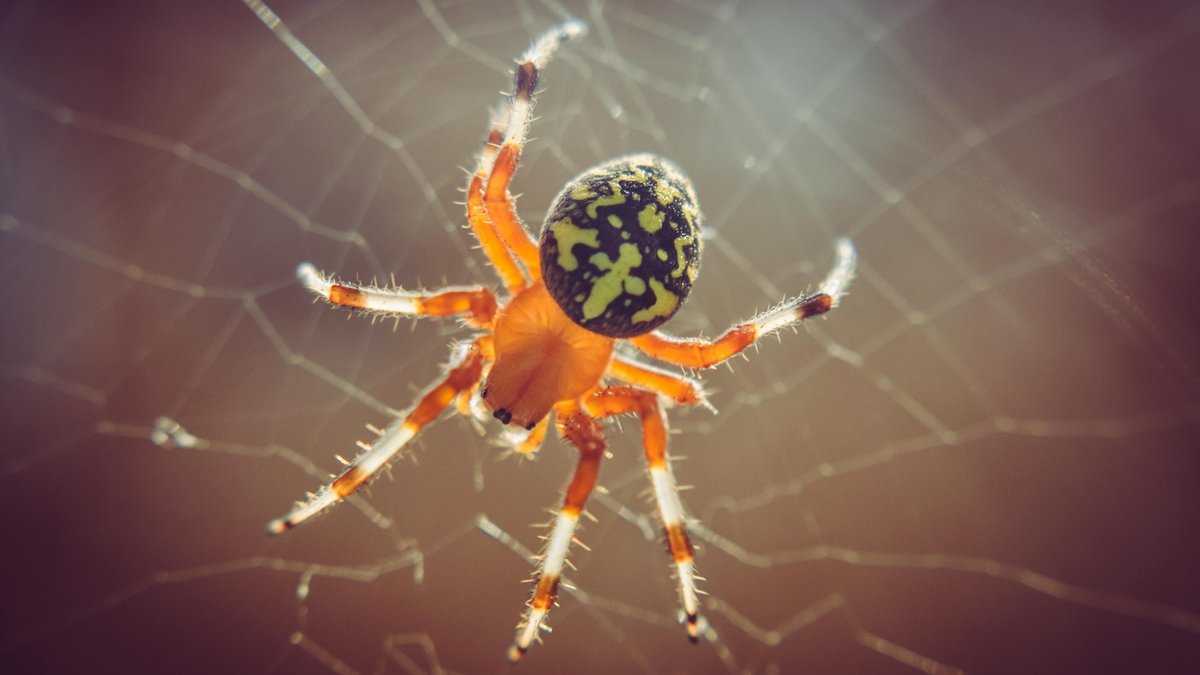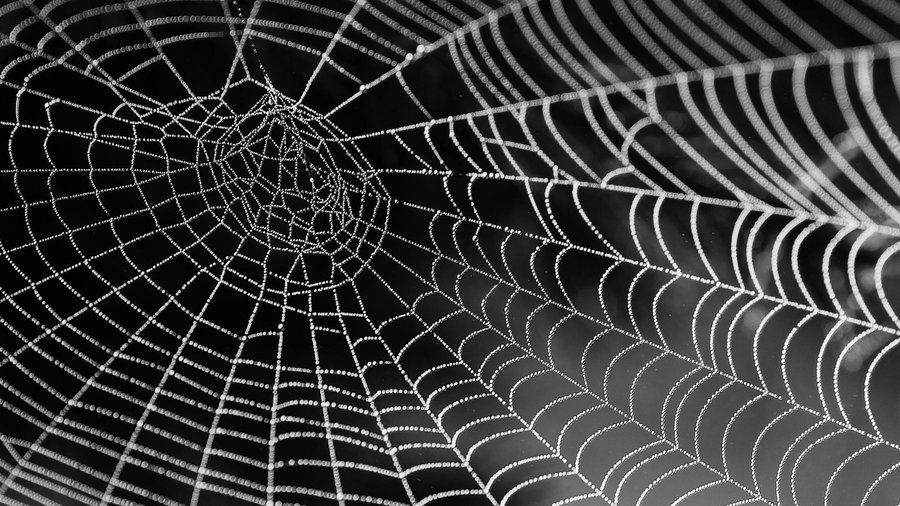Truth & Goodness
The Fall of the Literary Nobel: Why Are Laureates Unread?
14 December 2025

Scientists at the University of Bayreuth have successfully created the world's first spider that produces red, glowing silk. They achieved this using the CRISPR-Cas9 tool, primarily known for modifying plants or human cells. This extraordinary experiment could bring immense changes in biotechnology and research into modern materials.
While genetic engineering is nothing new today, spiders remained largely beyond its reach for a long time. Many reasons contributed to this: their genome is exceptionally complex, and the animals themselves can be aggressive and unpredictable, significantly hindering research. Despite these challenges, a team of scientists from the University of Bayreuth in Germany decided to take on the challenge and bring modern biotechnology into spider territory. This breakthrough became possible thanks to CRISPR gene editing technology, which dates back to 2012. It was then that scientists first demonstrated how to use the Cas9 enzyme to precisely cut DNA at a chosen location. Since then, CRISPR has revolutionized biology, changing how we interfere with the genomes of bacteria, plants, animals – and now also spiders.
The result of this bold experiment is a spider that weaves red, fluorescent silk. This isn’t just about impressive aesthetics; it also proves that the technology used in the process we call CRISPR gene editing worked in this understudied creature.
Recommended: The Megabit Bomb: Show Me Your Digital Footprint, and I Will Tell You Who You Are
It all began with the development of a special solution containing CRISPR components and the gene encoding a red fluorescent protein. Scientists then injected this solution directly into the unfertilized eggs of the common house spider (Parasteatoda tepidariorum). To facilitate the procedure, females were first anesthetized with carbon dioxide, preventing movement during the process.
After the procedure, the females recovered and mated with males. Their offspring spun threads saturated with the red fluorescent protein, visible under UV light. This provides the first evidence of successful CRISPR gene editing in spiders, achieved without altering the physical structure of the spider silk.

“For the first time worldwide, we demonstrated that CRISPR-Cas9 can be used to incorporate a desired sequence into spider silk proteins, thus enabling the functionalization of these fibers,” explained Professor Thomas Scheibel, who led the research, in an interview with New Atlas.
One might ask: do we really need red-glowing spider webs? Surprisingly, yes. Spider silk is one of the most extraordinary natural materials. It’s lightweight, flexible, exceptionally strong, and completely biodegradable. CRISPR gene editing allows us not only to change the color of the threads but also to influence their mechanical properties.
“The possibility of applying CRISPR to spider silk is very promising. It could lead to further increases in its tensile strength,” adds Professor Scheibel.
Modified silk could eventually serve in creating super-durable surgical threads, biodegradable dressing materials, implants, or ultralight technical fabrics.
We recommend: The Dark Side of Sport. When Physical Activity Harms
Interestingly, the study did not solely focus on spider silk. German scientists also decided to test how CRISPR handles “knock-out editing”—that is, “silencing” specific genes. This time, they targeted a gene called so, suspected of being responsible for eye development in spiders.
As a result, the offspring had severe deformities and did not develop eyes. This provides direct proof that the so gene indeed controls vision development in these animals. It also shows that CRISPR gene editing not only creates new materials but also helps us better understand the biology of organisms scientists have previously overlooked in research.
The red silk experiment is more than just a spectacular curiosity. It marks the beginning of a new chapter in biomaterials research and the development of genetic engineering techniques. Until now, scientists rarely used spiders in laboratories—but now they are increasingly turning to them.
CRISPR-Cas9 has already earned the title of “the molecular scissors of the 21st century.” Thanks to it, we can precisely cut and “rewrite” DNA. Now, following the successful trial with spiders, further possibilities are opening up. This applies not only to biologists but also to engineers and designers of modern materials.
Perhaps in the near future, hospitals, factories, or laboratories will utilize spider silk threads that have been appropriately programmed – precisely through CRISPR gene editing.

Science
13 December 2025


Zmień tryb na ciemny